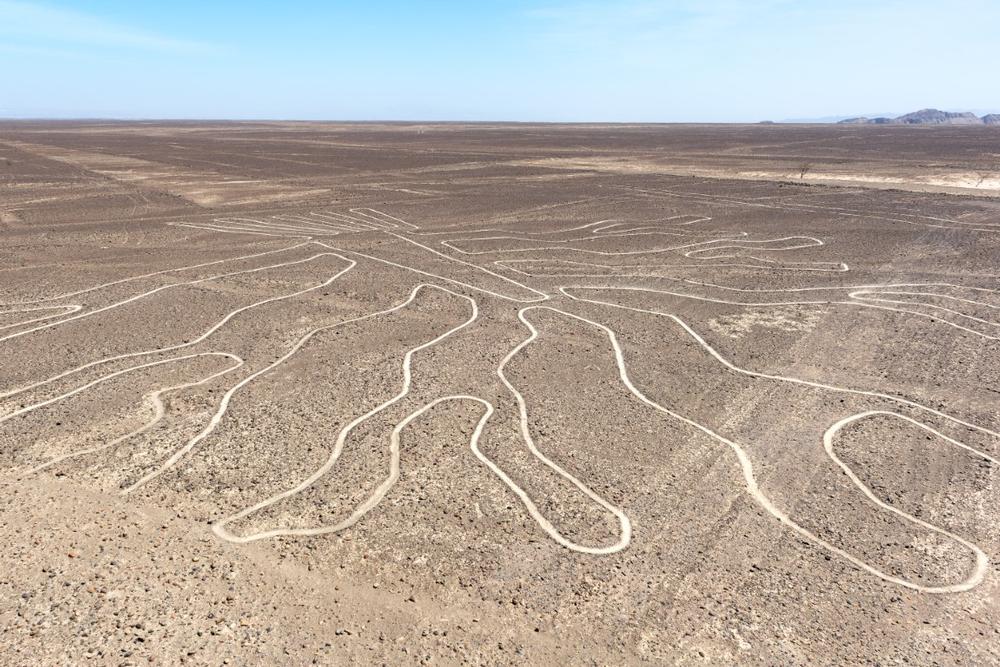
- Please support our journalism through affiliate links. Affiliate Disclosure
- Written by our human editors, structured with the help of AI.
Review & FAQ:
The Nazca Lines are a unique collection of pre-Columbian-era geoglyphs that are etched into desert sands over a 1,000-square-kilometer area in southern Peru. More than 10,000 lines are located within the region, showcasing more than 300 etchings and figures, including plants and animals such as jaguars, llamas, hummingbirds, monkeys, and spiders. Some of the largest shapes within the cluster measure up to 30 meters wide, easily visible from nearby hilltops or aerial tours. Due to the dry, windless climate of the surrounding plateau region, the shapes have been preserved in stunning natural condition. Though the shapes were discovered as early as the 16th century, their overall design was not realized until their exploration by Peruvian archaeologist Toribio Mejía Zesspe in 1927. Since 1994, the lines have been designated as a UNESCO World Heritage Site.
Rating: ⭐⭐⭐⭐⭐
Plan Your Trip

